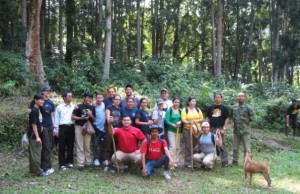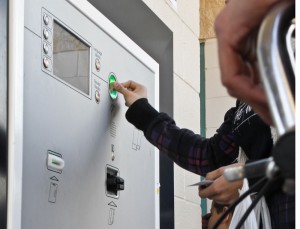Bicycling is good for El Pasoans, but El Paso ignores bicycles
|
EL PASO – The winds whistled by swiftly as I held a tight grip on the handlebars on bumpy pavement pocked with potholes and loose gravel. Suddenly, I was startled by a truck passing me too closely and lost my balance, falling off the bicycle. The truck didn’t bother to stop. I was fortunate enough to not get seriously injured, but other cyclists have not been as lucky. Just a few days ago, a 54-year-old man riding his bicycle east on Pebble Hills Blvd.






